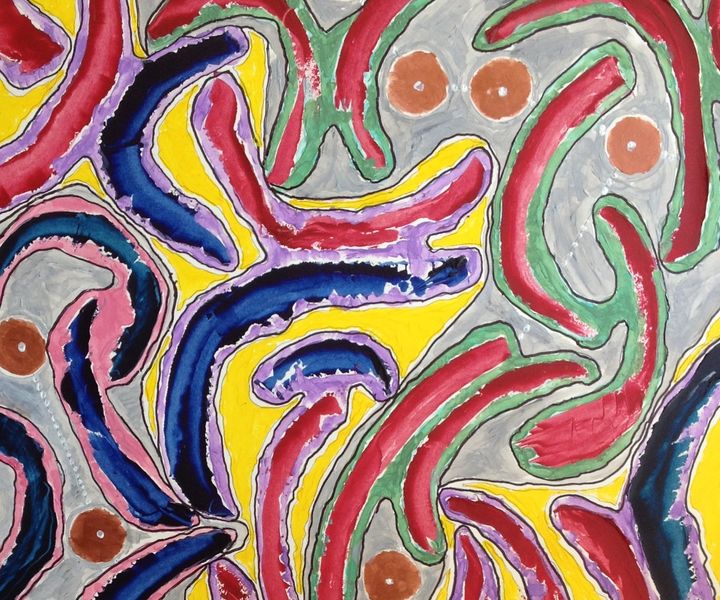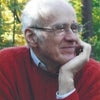
TEAMING UP
Social inventions are new ways of bringing people together. I witnessed their power during a meeting in Moscow, led by an American woman, a few years before the end of the Cold War.
The meeting was at the Soviet Peace Committee, which it was not unfair to describe as a venue, with a few exceptions, for what Lenin called “useful idiots.” Lenin applied this phrase to Westerners who followed the Party line wherever it led.
However, the leader of this meeting, a pioneer citizen diplomat, changed the game. Her first move was getting the Soviet and American delegates to sit in alternate chairs around the big square of tables. Thus, each person had foreigners to both the left and right. The traditional seating had been on opposite sides of a table with little bottles of mineral water between.
The leader’s second move was to propose the question of what people from the two countries could do together if the Cold War ever ended. In 1986, she said she knew an end was difficult to imagine, but she invited us to act as if we could cooperate.
At first, nobody responded. After a third of a century of hostility, who could imagine cooperating in a normal way? Besides, any suggestions might appear disloyal to one’s side.
The leader continued talking and then asked again. Still no response. She appeared undiscouraged and after giving some examples, tried again. She acknowledged she was asking for a counter-factual. She said nobody would be held accountable. By lunchtime we’d forget everything and go back to being enemies who couldn't attack because we’d then be destroyed.
At last somebody spoke up. After noting the strangeness of the request, he hesitantly suggested something, perhaps more access to each other’s publications. This started a flood of ideas that astonished me. Soon people were competing to imagine joint projects. When the time came for lunch, people didn't want to stop.
What had happened? Through a simple social invention, the leader had totally transformed what could have been another dreary session about how the USSR wanted peace, into a glimpse of another way of relating. I was interested that the Soviets were as enthusiastic as my own country-people.
The Cold Wart did end, only a few years later, because of many factors. Prominent among them was the “new thinking” of General Secretary Gorbachev. True, the change led not mainly to joint projects, but to a drunken Russian leader, economic collapse, the rise of the “oligarchs” (or as we say, business titans) and other forms of corruption. But the meeting I’ve described showed the power of a new question, and the way a creative leader elicits the involvement of first one other person, then many others.
In this case, the leader was a yoga teacher and citizen diplomat named Rama Vernon. In citizen diplomacy it was hard not to become a social inventor because the forms for engaging had to be developed as we went along. And now?
(For more material on the 1980s, see my book, Enlarging Our Comfort Zones)
